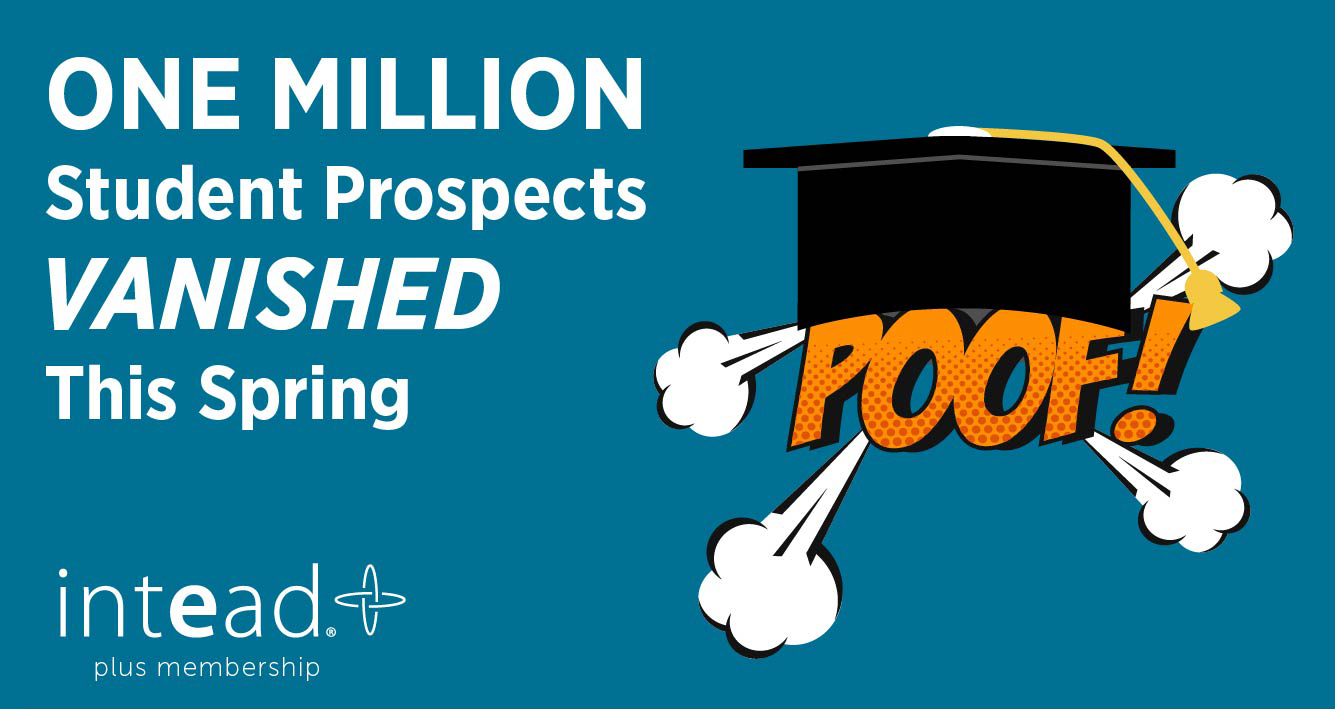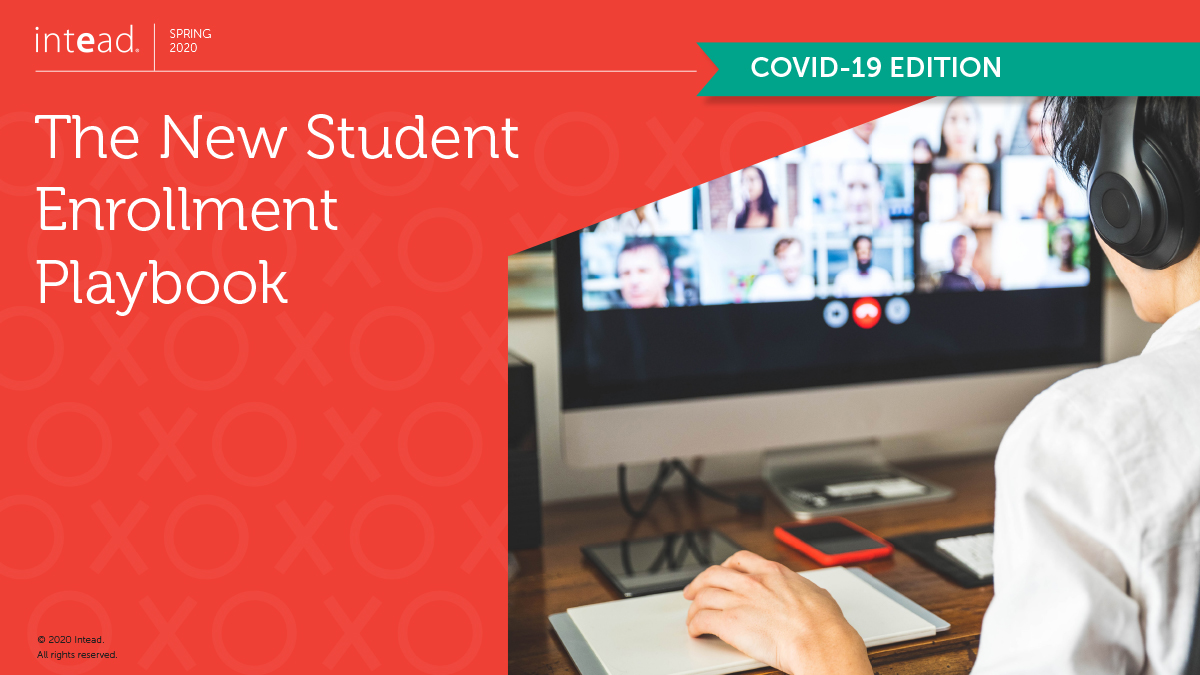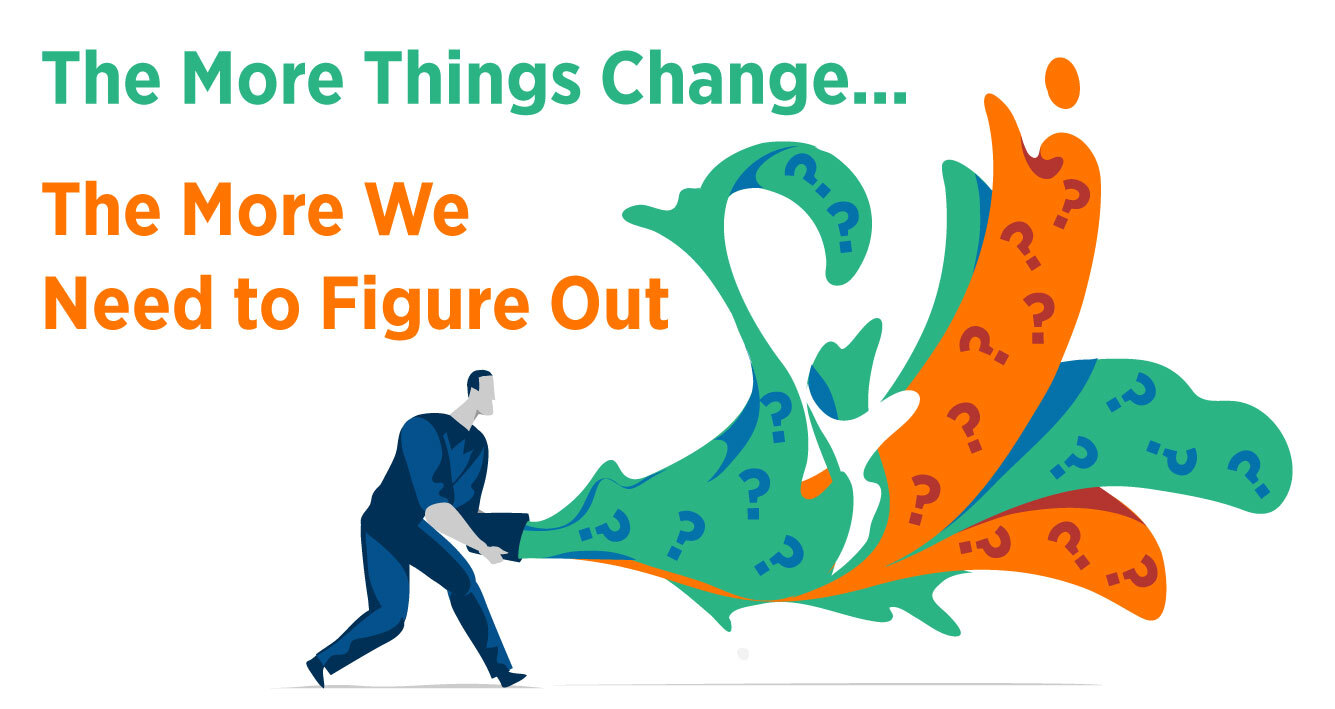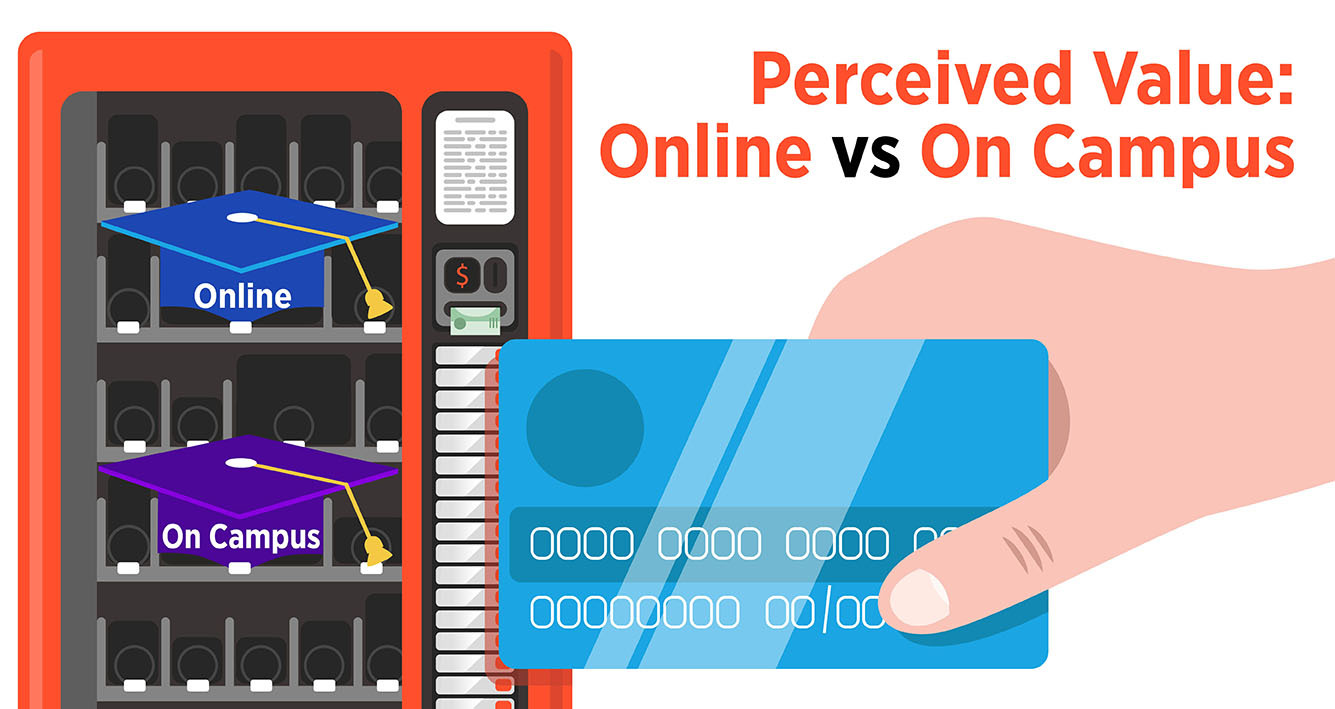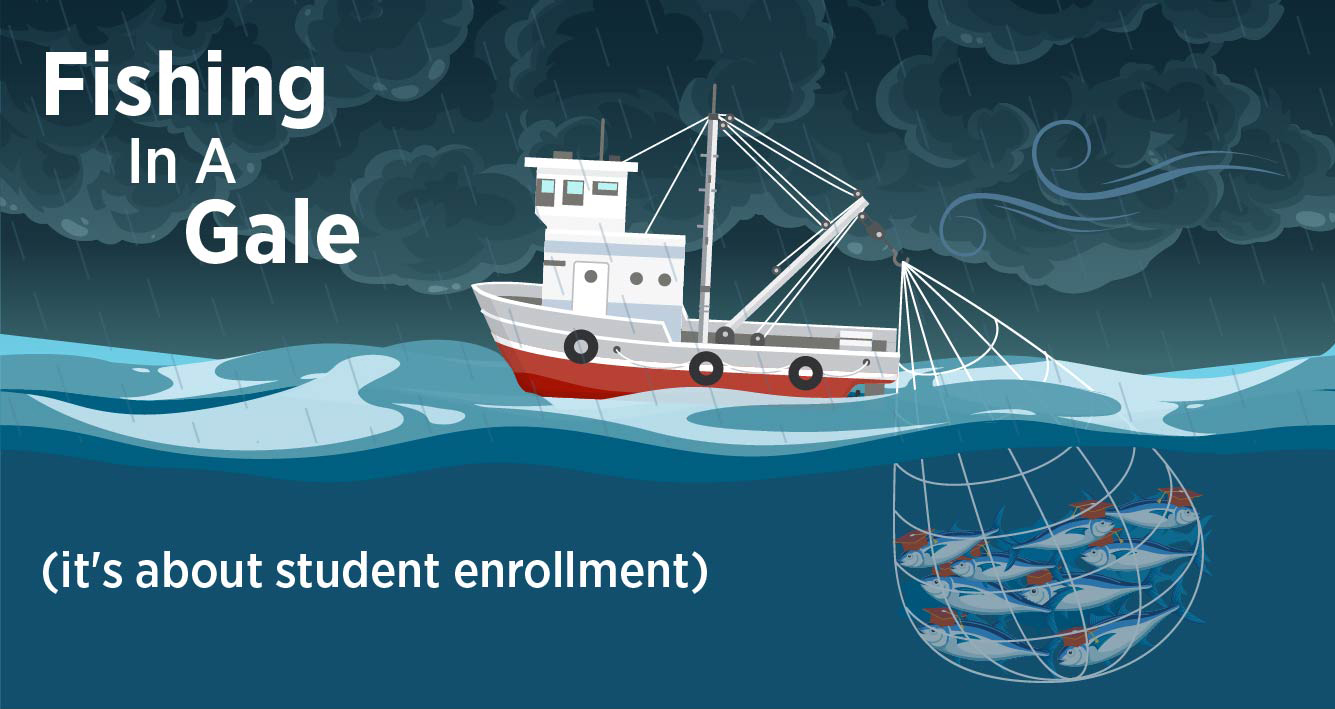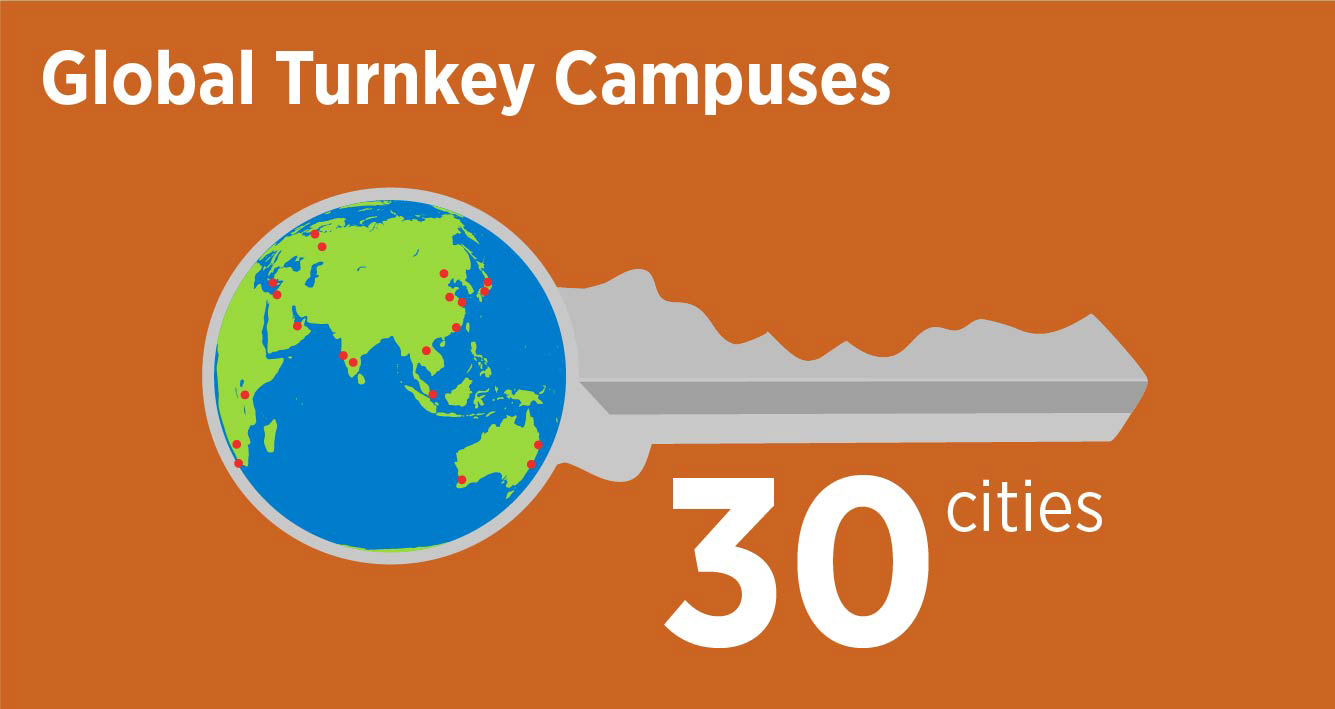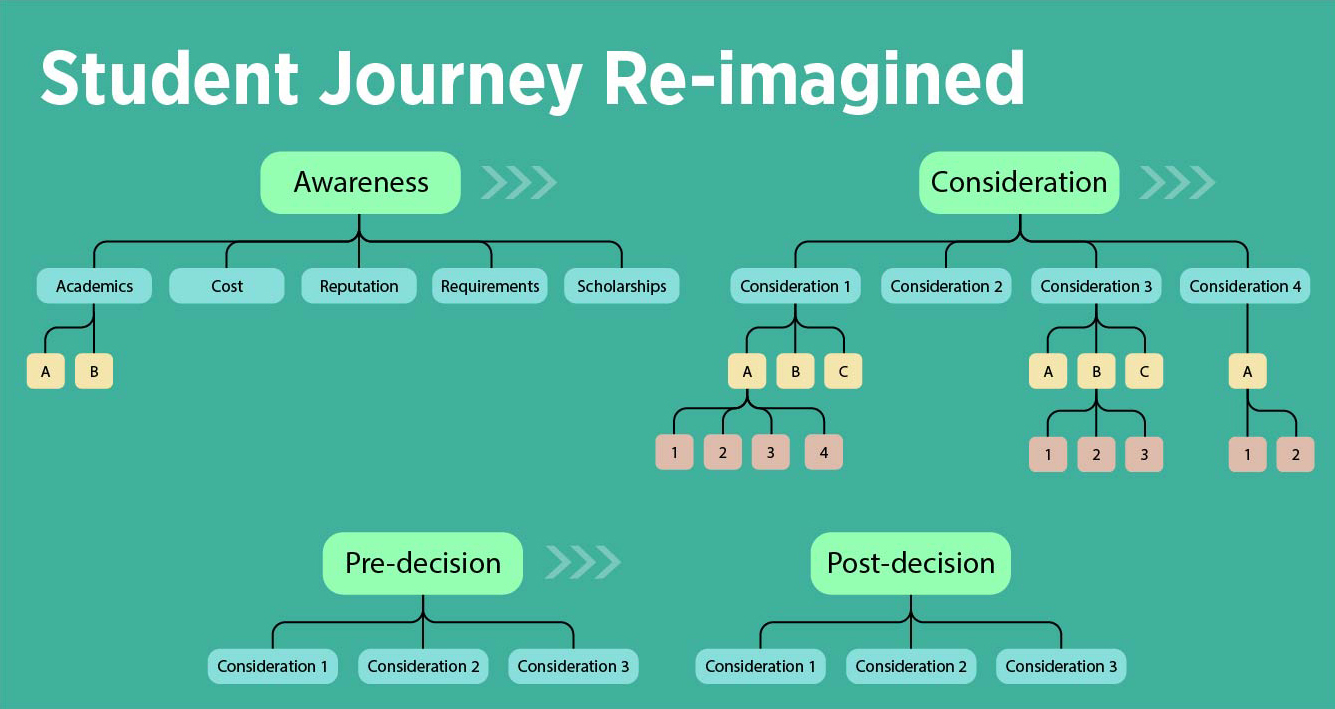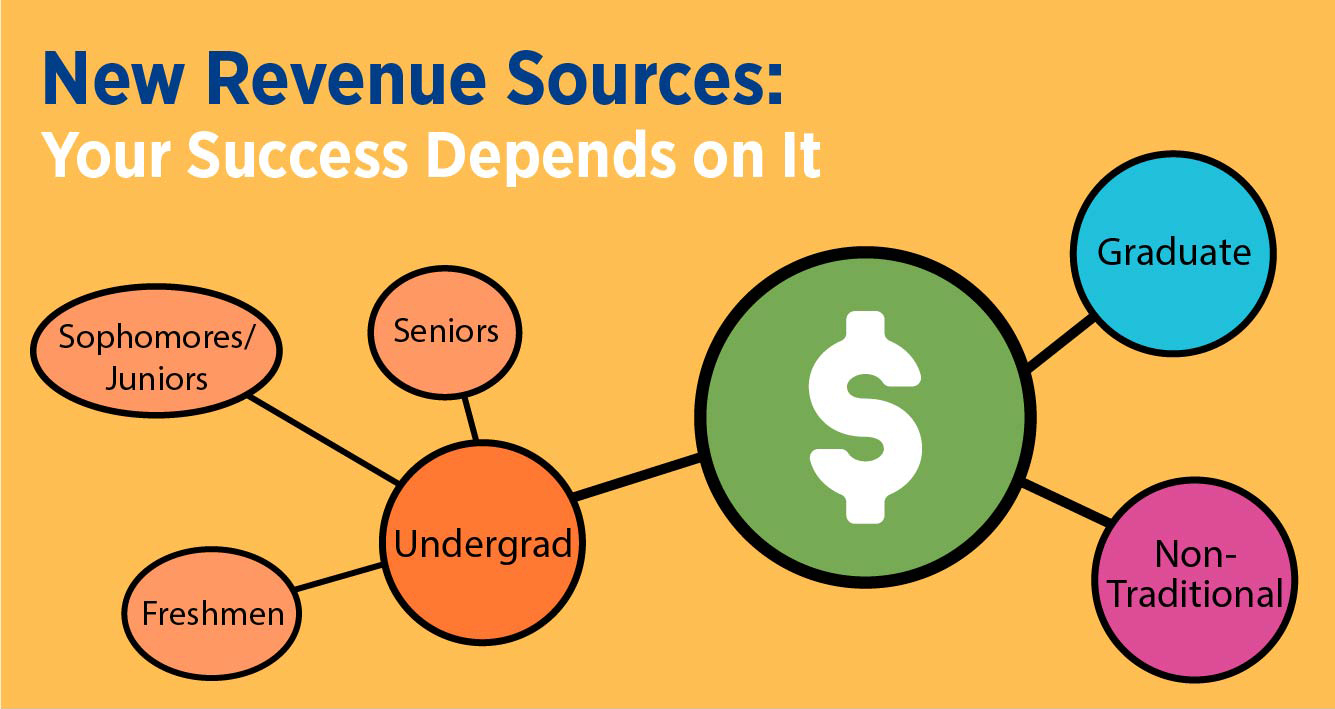Just poof, gone!
But we know where they are hiding.
An excerpt from Jeff Selingo’s highly anticipated forthcoming book, Who Gets In and Why: A Year Inside College Admissions:
“A student’s name is sold by College Board, on average, 18 times over her high school career, and some names have been purchased more than 70 times…The coronavirus prevented more than a million first-time SAT takers in the high-school class of 2021 from taking the test this spring or summer. The canceled ACT/SAT doesn’t only leave rising seniors lacking a score; it also results in the loss of names for colleges to fill the top of their recruitment funnel.”
If you have typically used those purchased names to fill the top of your recruitment funnel…it’s time to rely more heavily on digital marketing to generate those leads.
Generating your own leads instead of purchasing them produces prospective students who have clearly expressed interest in what your institution offers. Higher quality prospects produce more efficient, lower cost results. In the end, a streamlined recruitment process to fill your classes.
But contrary to what Facebook and Google might have you believe, a successful lead generation campaign is more than just a few clicks in an ad platform. You’ve got to have the expertise to set up your audience criteria and so much more.
If you are concerned about meeting your enrollment targets, may we suggest a bit of help from the Intead team and our Intead Plus resource library?
Our Intead Plus members have access to the worksheets and data that help them justify their student enrollment marketing plans and craft targeted, ROI-positive campaigns. A year-round resource, Intead Plus offers strategic support, data analysis, recruitment planning, student personas, and industry perspective.
Oh, and did we mention that we are offering steep Intead Plus membership discounts to state consortium members? Study Illinois started the trend and now it might be available to you.
If you are a member of your state consortium, be in touch: info@intead.com.
Read on to figure out where those 1M students went and how you can reach them.
Read More
